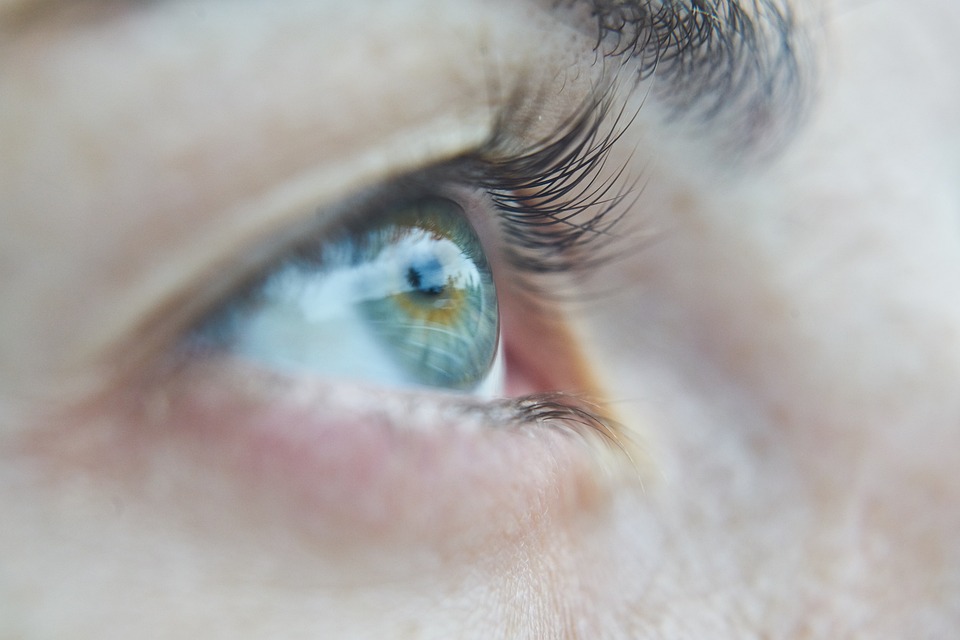The Complete Guide to Concealing Dark Circles: Makeup Tips for Under Eye Coverage
Introduction
Dark circles under the eyes can make you appear tired, aged, or even ill. However, with the right makeup techniques, you can effortlessly cover them up and achieve a bright and refreshed look. This guide will provide you with step-by-step instructions and valuable tips to help you effectively conceal dark circles using makeup.
Understanding Dark Circles
Before we dive into the makeup application process, it’s important to understand what causes dark circles. They can be attributed to a variety of factors, such as genetics, lack of sleep, allergies, stress, or even certain medical conditions.
Dark circles are often accompanied by puffiness and fine lines, making the under-eye area appear dull and tired. While maintaining a healthy lifestyle, including sufficient sleep, hydration, and a balanced diet, is crucial, makeup can serve as a quick fix for those days when you need an immediate solution.
Prepping the Under Eye Area
Before starting your makeup application, it’s essential to prep the under-eye area to ensure long-lasting and flawless coverage.
Moisturize: Begin by applying a lightweight eye cream or gel to hydrate and plump the under-eye skin. Allow it to absorb fully before proceeding with makeup.
Primer: Apply a small amount of primer specifically designed for the under-eye area. This step will create a smooth canvas and prevent makeup from creasing or settling into fine lines.
Choosing the Right Concealer Shade
Choosing the correct shade of concealer is crucial for achieving natural-looking coverage. Opt for a shade that is one to two shades lighter than your foundation or skin tone. This will help brighten and counteract the dark circles effectively.
Test: Test the concealer shade on your inner wrist or the back of your hand to ensure it blends seamlessly with your skin tone.
Undertones: Consider the undertones of your dark circles. For bluish or purplish hues, choose a concealer with yellow or peach undertones. For brownish or greenish hues, opt for a concealer with pink or salmon undertones.
Application Techniques
Now that you have prepped the under-eye area and selected the appropriate concealer shade, it’s time to apply the product for optimal coverage.
Fingers: Although using your fingers can be convenient, it is advised to apply concealer with a clean, flat concealer brush. Gently pat the concealer onto the dark circles, starting from the inner corner of the eye and blending it towards the outer corner.
Brush: Use a small, flat concealer brush or a small fluffy blending brush for a precise application. These brushes allow you to target specific areas and blend the product seamlessly.
Beauty Blender: A damp beauty blender sponge can also be used to apply and blend the concealer. Use a patting motion to ensure even coverage without smudging or rubbing the product away.
Setting the Concealer
Setting the concealer is a crucial step to prevent creasing and ensure long-lasting coverage throughout the day.
Translucent Powder: Use a small fluffy brush to apply a sheer layer of translucent powder to set the concealer. Gently tap off the excess powder before application to avoid an over-powdered look.
Baking Method: For stubborn dark circles or areas prone to creasing, try the baking method. Apply a generous amount of translucent powder over the concealer, let it sit for a few minutes, and then brush away the excess powder with a fluffy brush.
Additional Tips and Tricks
Here are some additional tips and tricks to enhance your under-eye coverage and ensure a flawless finish:
Color Correcting: If your dark circles are severe or have a distinct undertone, consider color correcting before applying concealer. Green color correctors can neutralize redness, while peach or orange correctors can cancel out blue or purple hues.
Layering: For stubborn dark circles, layering concealer is key. Start with a thin layer, blend it out, and gradually build coverage as needed. This technique ensures a natural-looking and seamless finish.
Less is More: Be mindful of how much concealer you use. Too much product can settle into fine lines, accentuating them instead of concealing dark circles.
Eye Cream: Incorporate a hydrating eye cream into your skincare routine to keep the under-eye area plump and the skin healthy, minimizing the appearance of dark circles.
FAQs
Q: Can I use foundation instead of concealer to cover dark circles?
A: While foundation can provide some coverage, it may not be as effective as concealer in disguising dark circles. Concealers are specifically formulated with higher pigment concentrations to neutralize discoloration and provide better coverage.
Q: How do I prevent my concealer from creasing?
A: Ensure you set your concealer with either a sheer layer of translucent powder or try the baking method mentioned earlier. Additionally, avoid applying too much product, as it can contribute to creasing. Finally, gently blend and press the concealer into the skin rather than rubbing or smudging it.
Q: Can I use a color corrector and concealer together?
A: Yes, using a color corrector can enhance the performance of your concealer. Apply the color corrector targeted to the undertone of your dark circles first, gently blend it out, and then follow with the concealer to achieve a flawless finish.
Conclusion
Concealing dark circles is an achievable goal with the right makeup techniques and products. By properly prepping the under-eye area, choosing the right concealer shade, and employing the correct application techniques, you can achieve a bright and refreshed look. Remember to set your concealer and incorporate additional tips and tricks for a flawless finish. Don’t let dark circles challenge your confidence – let makeup be your ally!


